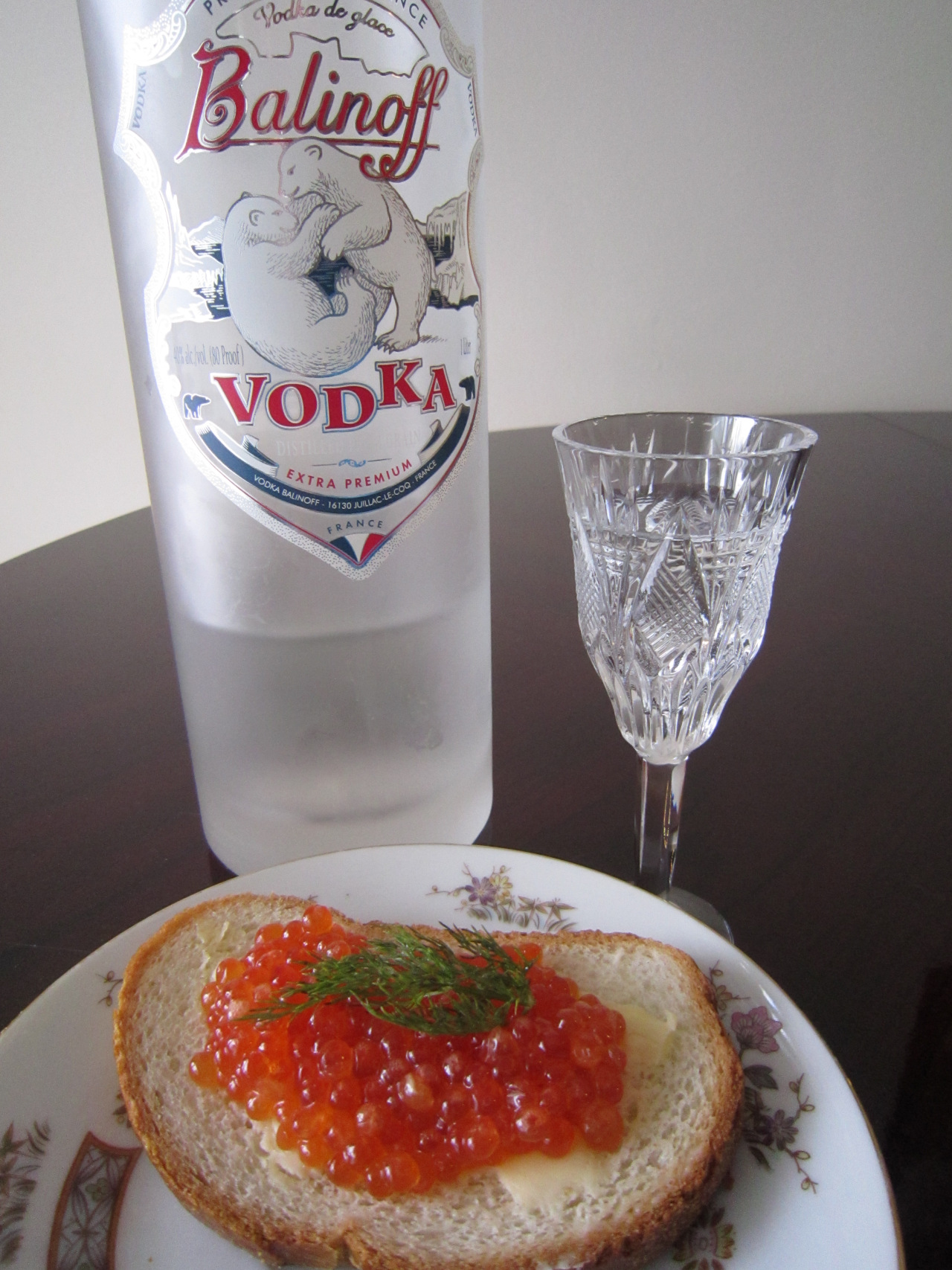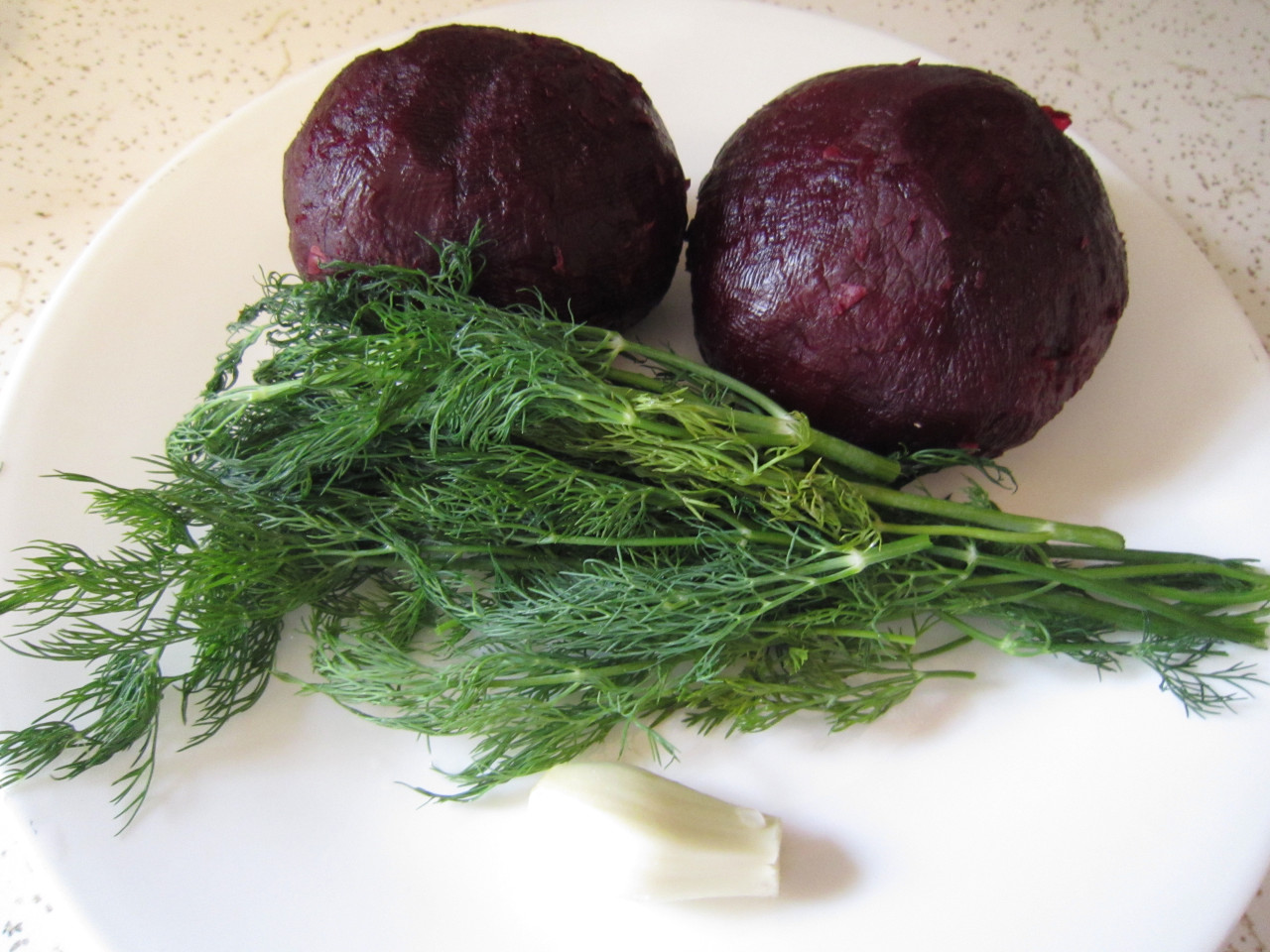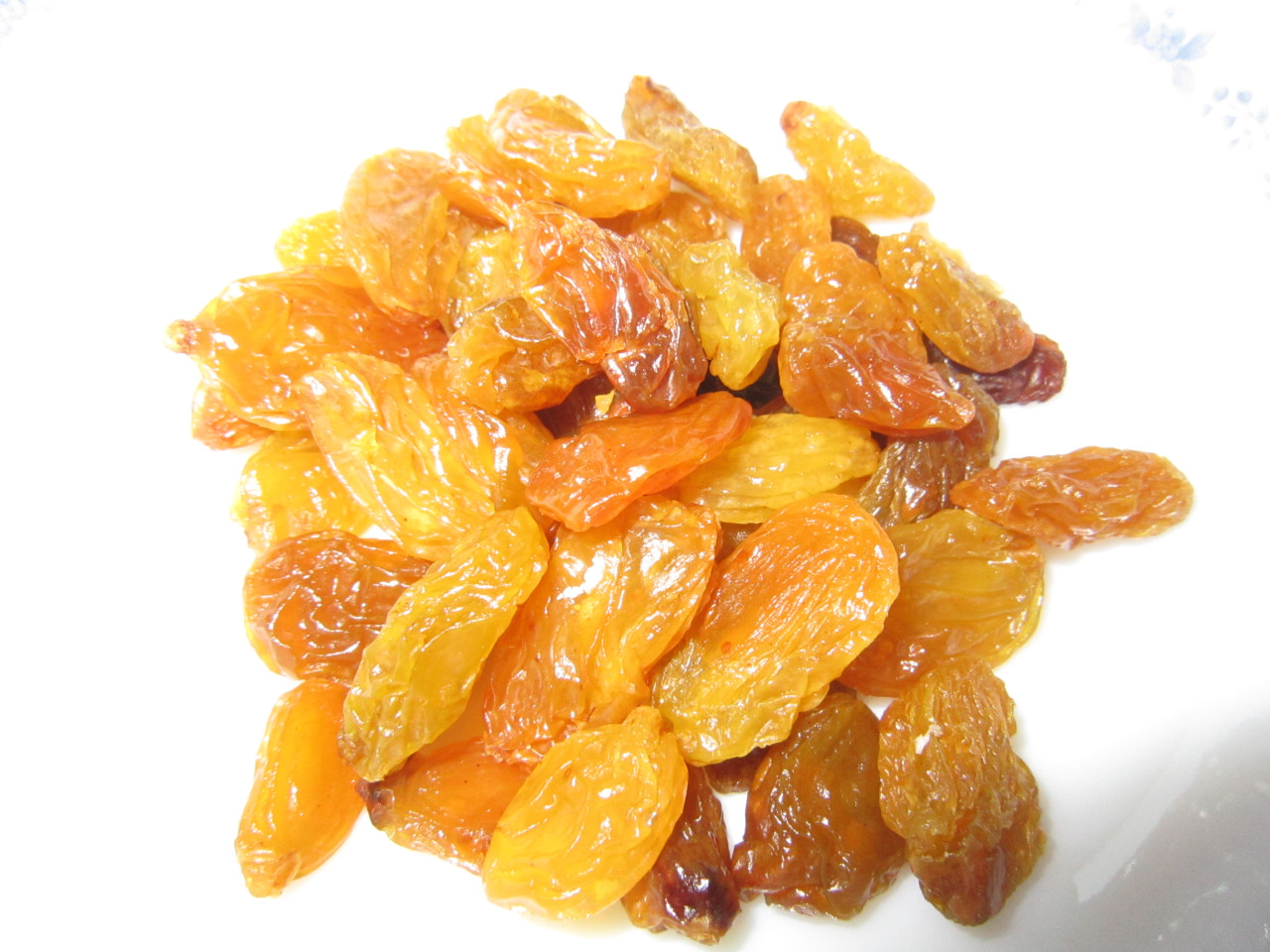Happy Easter, The Russian Style!
 As the most of the US breathed a sigh of relief after a week-long Passover and Easter celebrations, Russians and other Slavic and Eastern European ethnicities were still very busy greeting Orthodox Easter today. It generally comes a week after Western Easter, though some years both holidays can share the same Sunday.
As the most of the US breathed a sigh of relief after a week-long Passover and Easter celebrations, Russians and other Slavic and Eastern European ethnicities were still very busy greeting Orthodox Easter today. It generally comes a week after Western Easter, though some years both holidays can share the same Sunday.
Easter holds a very special spot among my childhood memories as it was the only religious holiday that was recognized (though unofficially) and allowed to be celebrated in the Soviet Union (again, unofficially, but nobody would stop you if you decided to visit a church on Easter Sunday). Unfortunately, faith was not that merciful to Christmas in the Soviet Ukraine where I grew up, it was not widely celebrated or even remembered. All and any traditions somehow associated with Christmas were “transferred” to the New Year holiday, we had a Christmas tree, gifts and family celebration on New Year’s Eve. I guess by some bizarre calculations, Soviet officials allowed for Christ to be “crucified and resurrected” but not to be “born”. But since very few rules made any sense then anyway, we never questioned this disparity.
Russian Easter is traditionally celebrated with a special Easter bread, called “kulich”, somewhat similar to Italian Panetonne bread, but lighter in texture and a bit sweeter, often glazed with sugar icing and rainbow sprinkles. Easter breakfast calls for a slice of “kulich” and an Easter egg, traditionally colored in either soft pastels or some religious pictures. Since I can’t eat neither “kulich” (and I wouldn’t even attempt making any gluten free version) nor eggs, all I could do to just admire the creation. Luckily, my family filled the gap made for my portion 🙂
A typical Russian dinner table is never complete without some traditional staples. Like caviar. I know not everybody is a fan of it, but since we are spoon-fed the stuff (often, forcefully 🙂 ) since we are born, we have no choice but to like it. A good quality caviar should taste only slightly salty and should not have a strong fishy smell and look “slimy”, each caviar egg should be firm and distinctly separate from the others creating kind of a “burst-in” feeling once you bite into it. If you had anything else but this, maybe that’s why you didn’t like caviar because it wasn’t really fresh. The more expensive and rare caviar comes from sturgeon such as Beluga, Ossetra or Sevruga, the eggs are typically small to medium in size ranging in color from pale grey to black. Salmon or Trout caviar (or roe) usually produce bigger eggs and are generally pale to bright orange-red color. Russians just call the two types of caviar simply “black” and “red”. Spurgeon caviar is a “holiday occasion” due to its higher price, but “red” caviar is a very frequent “guest” in my fridge, holidays or not. Oh, and what else a typical Russian table needs? Of course, good vodka! 🙂
What’s Cooking This Easter Sunday
If caviar and vodka are the most typical fair at any Russian table, beets have to be the most Russian vegetables. I already posted in my borsch recipe that I think beets are often considered weird and inedible, and very unjustly so. It’s sweet, mild in texture and full of good nutrients. And beets salad is a very frequent occurence at any Russian gathering, right along vodka and caviar 🙂
Russian Beets Salad
2 small beets, cooked and peeled
1/4 cup golden raisins
1 glove of fresh garlic
fresh dill, chopped
mayo to taste
salt, pepper, spices ( I used Herbamare blend)
Grate cooked and cooled off beets with a large grater. Press garlic clove through a garlic press into the beets mixture, then add chopped herbs. Soak raisins in warm water for a couple of minutes, drain and add to the salad. Mix in salt, pepper, spices and mayo till you’re satisfied with the taste. Serve chilled, it’s good as a salad or even a dip. Some variations of “add-ins” include, chopped nuts and/or prunes, grated green apple, or fried onions. Enjoy!




